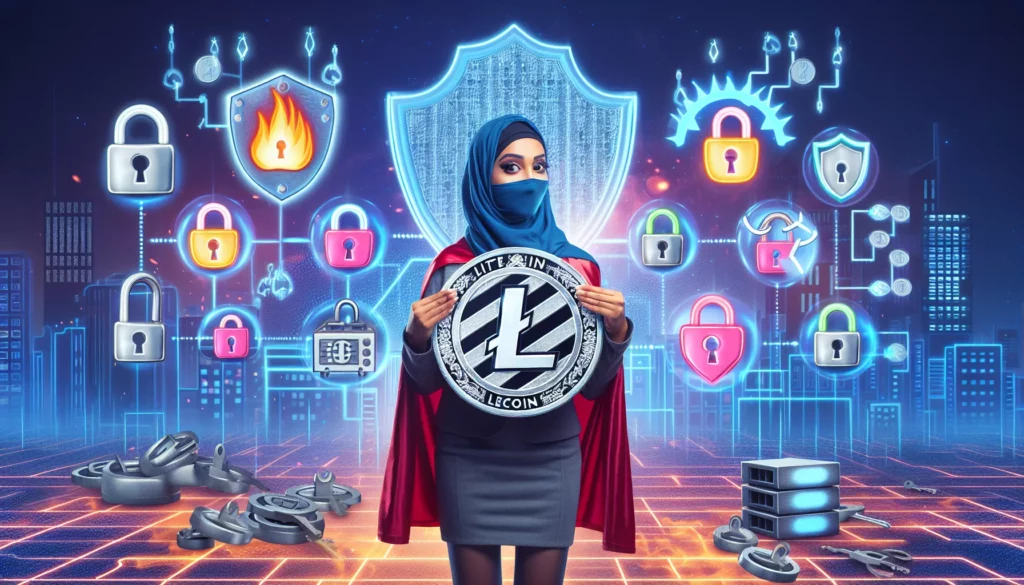Ensuring the Security of Your Litecoin: A Comprehensive Guide
Litecoin (LTC) has established itself as a prominent player in the cryptocurrency landscape, often referred to as the “silver to Bitcoin’s gold.” Its design facilitates faster transaction times and lower fees, making it an attractive alternative for users engaging in everyday transactions and those seeking a reliable store of value.
One of the distinguishing features of Litecoin is its block generation time, which averages around 2.5 minutes compared to Bitcoin’s 10 minutes. This significantly improves the speed at which transactions are confirmed, allowing users to benefit from quicker processing. Additionally, Litecoin utilizes the Scrypt hashing algorithm, which differs from Bitcoin’s SHA-256, enhancing mining efficiency and accessibility.
In recent years, Litecoin has also focused on increasing its usability through the implementation of the Lightning Network. This second-layer solution enables faster and cheaper transactions by allowing users to create off-chain payment channels, further bolstering Litecoin’s viability for microtransactions and everyday use.
The community surrounding Litecoin is robust, supported by dedicated developers and enthusiasts who continuously work on improving its network and functionality. Innovations in privacy features, scalability, and interoperability with other cryptocurrencies have been ongoing, reflecting Litecoin’s commitment to evolving within the competitive crypto ecosystem.
Moreover, Litecoin’s integration into various payment platforms and exchanges has significantly enhanced its liquidity and accessibility. Users can transact Litecoin in numerous retail environments, presenting it as a practical choice for both consumers and businesses looking to incorporate cryptocurrency into their payment systems.
As the cryptocurrency market continues to mature, Litecoin’s established framework, combined with its ability to adapt and innovate, positions it as a sustainable option for both long-term holders and users looking for a dependable digital currency. Its strengths lie not only in transaction speed and cost-effectiveness but also in its growing adoption and integration across multiple platforms, securing its relevance in the future of digital assets.








